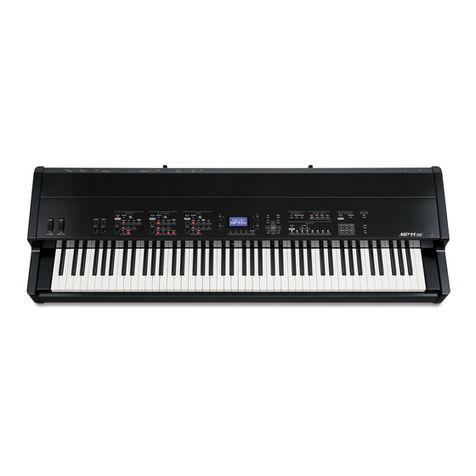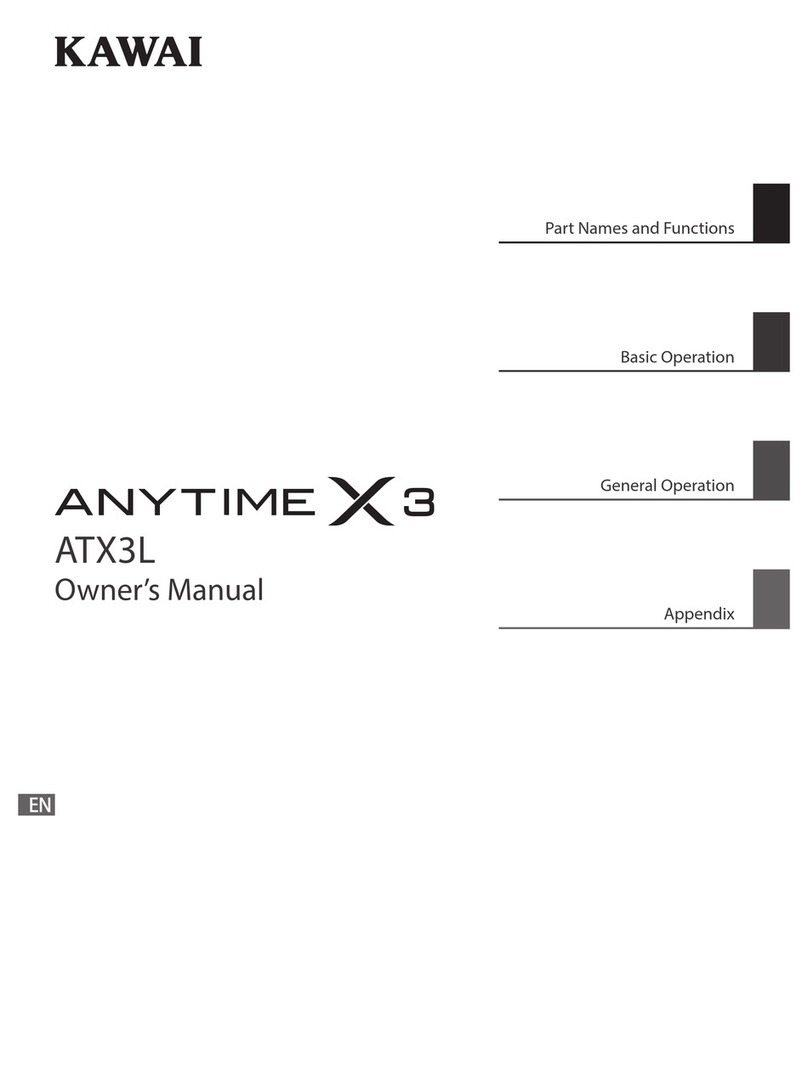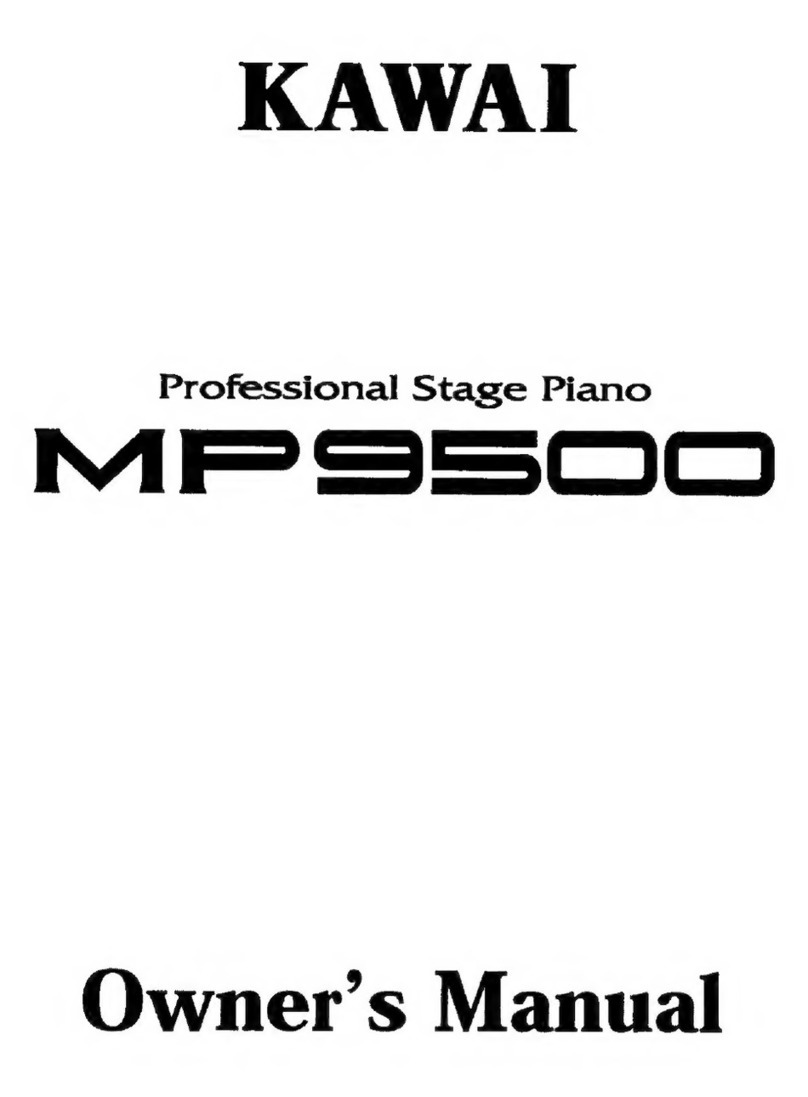Kawai KX330 User manual
Other Kawai Musical Instrument manuals
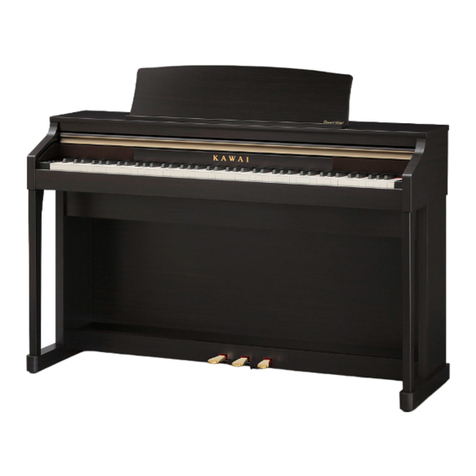
Kawai
Kawai CA17W User manual
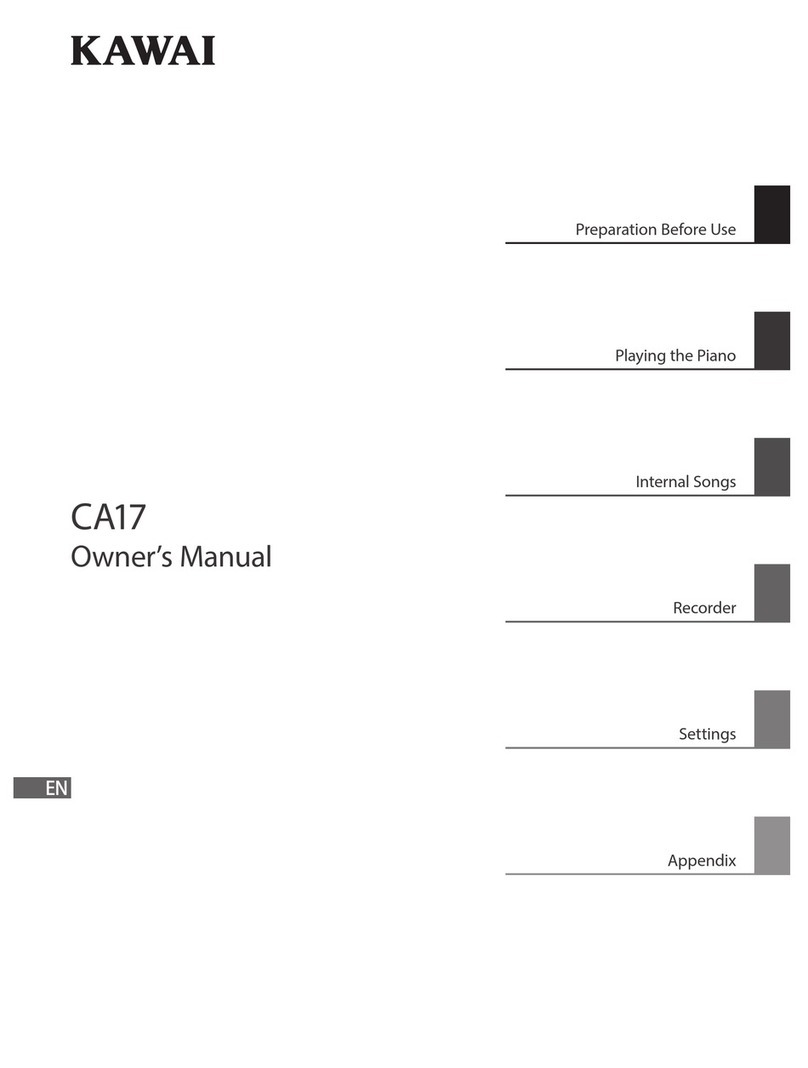
Kawai
Kawai CA17 User manual

Kawai
Kawai Concert Performer Series Digital Piano CP117 User manual

Kawai
Kawai Concert Artist Classic series CS3 User manual
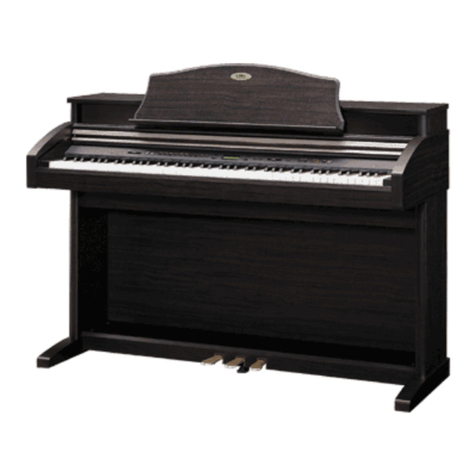
Kawai
Kawai CA1000 User manual
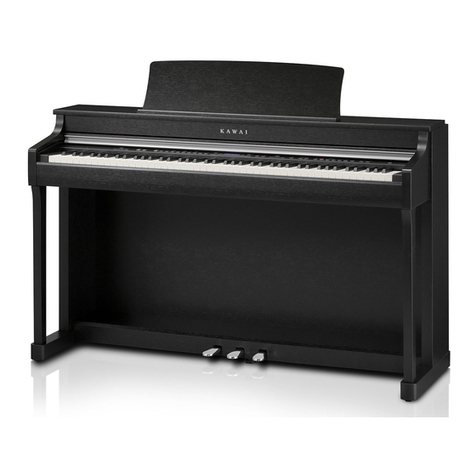
Kawai
Kawai CN35 User manual

Kawai
Kawai P351 User manual

Kawai
Kawai CA18 User manual
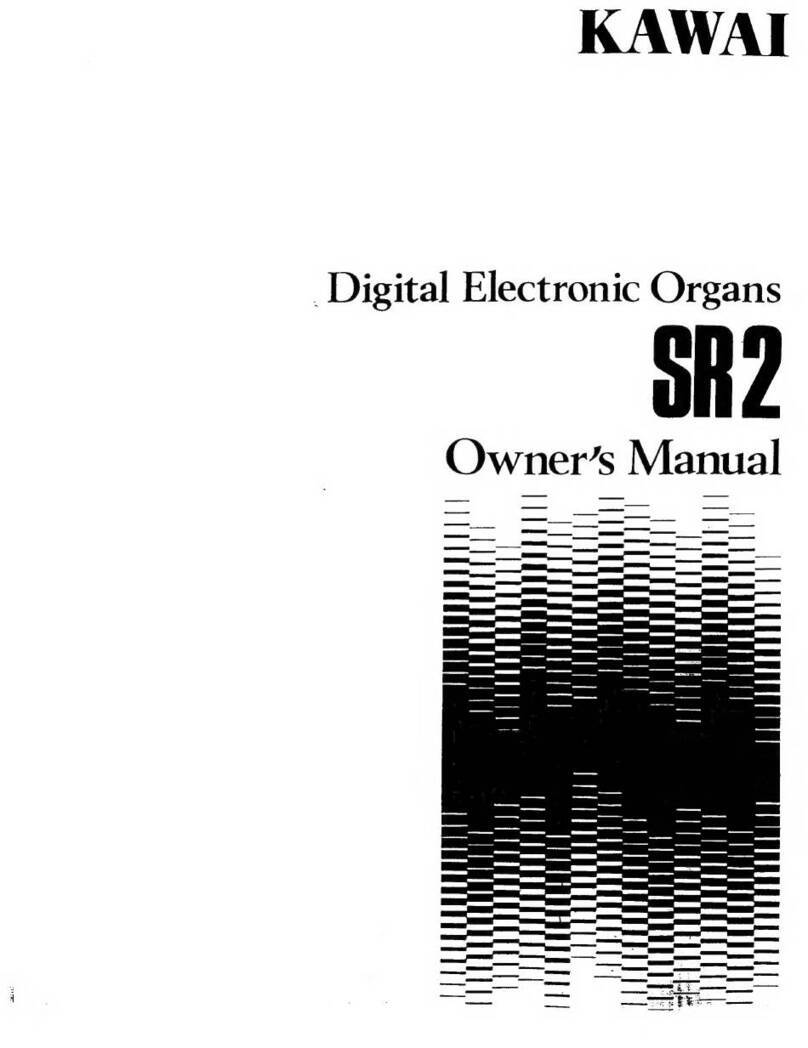
Kawai
Kawai SR2 User manual
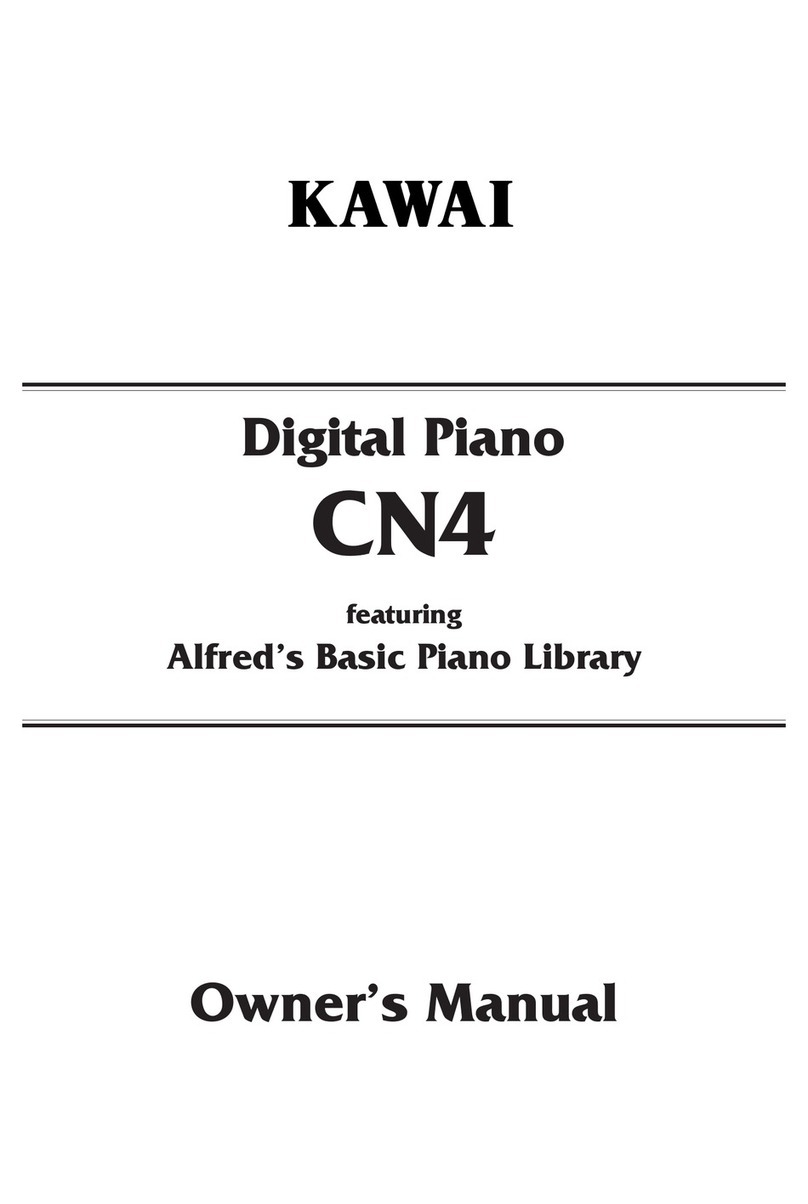
Kawai
Kawai CN4 User manual
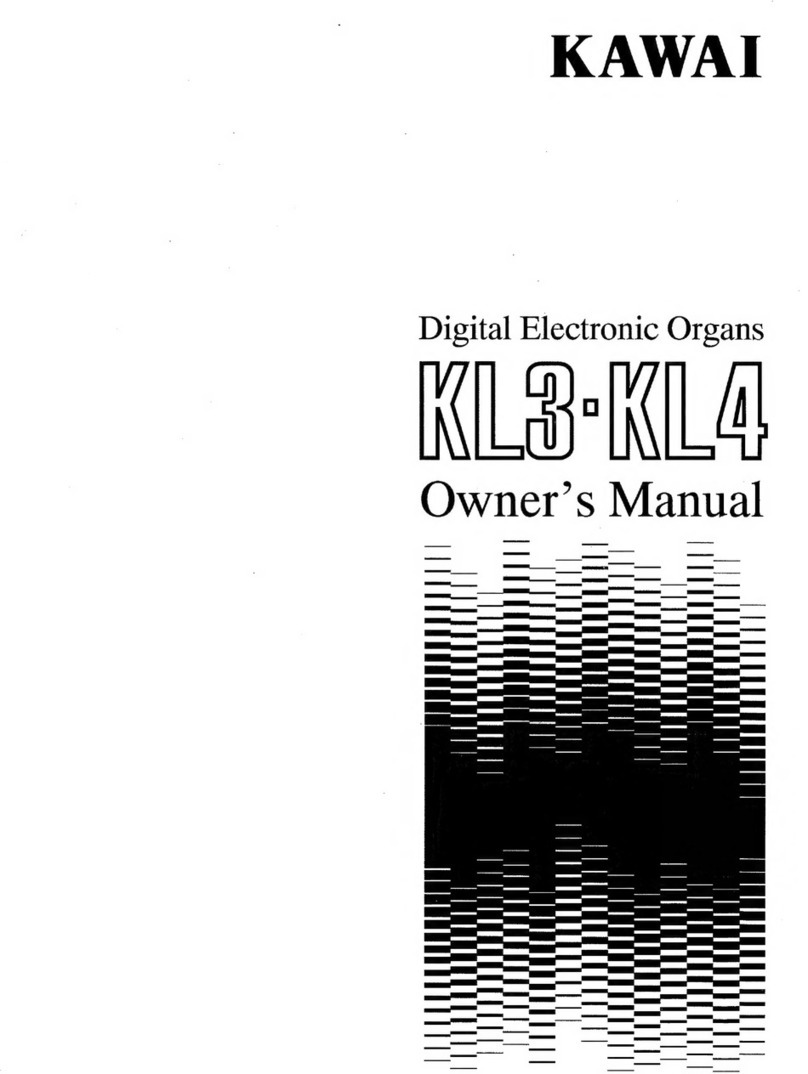
Kawai
Kawai KL3 User manual
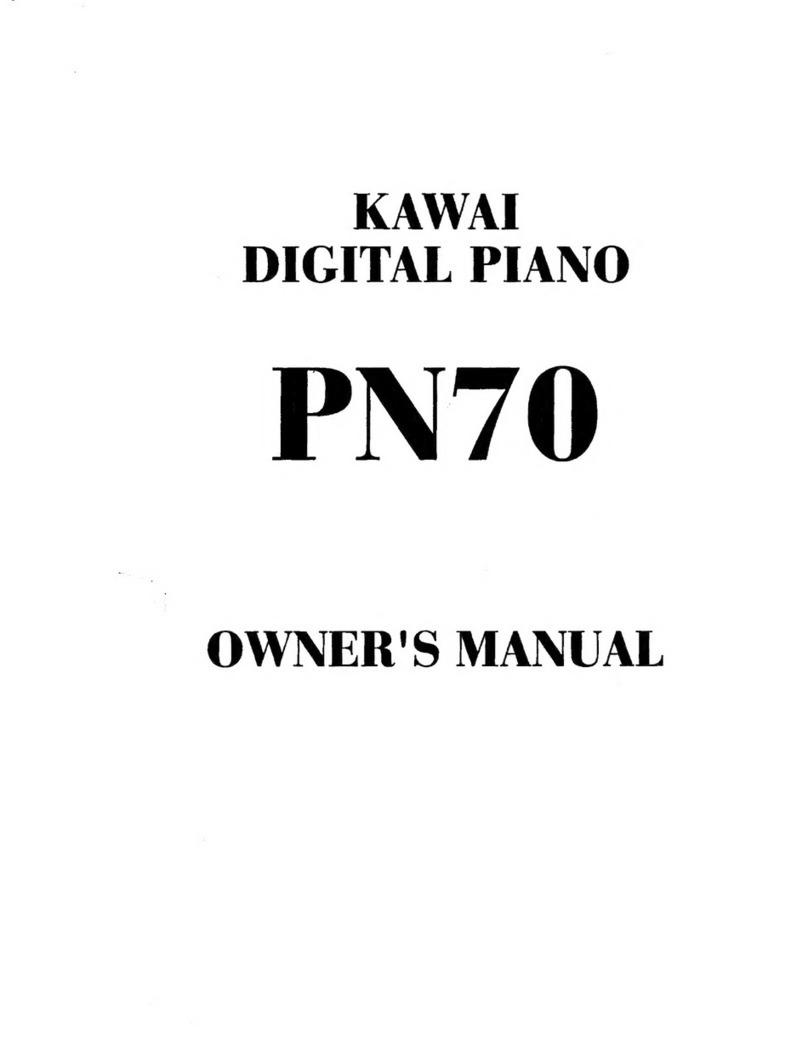
Kawai
Kawai PN70 User manual
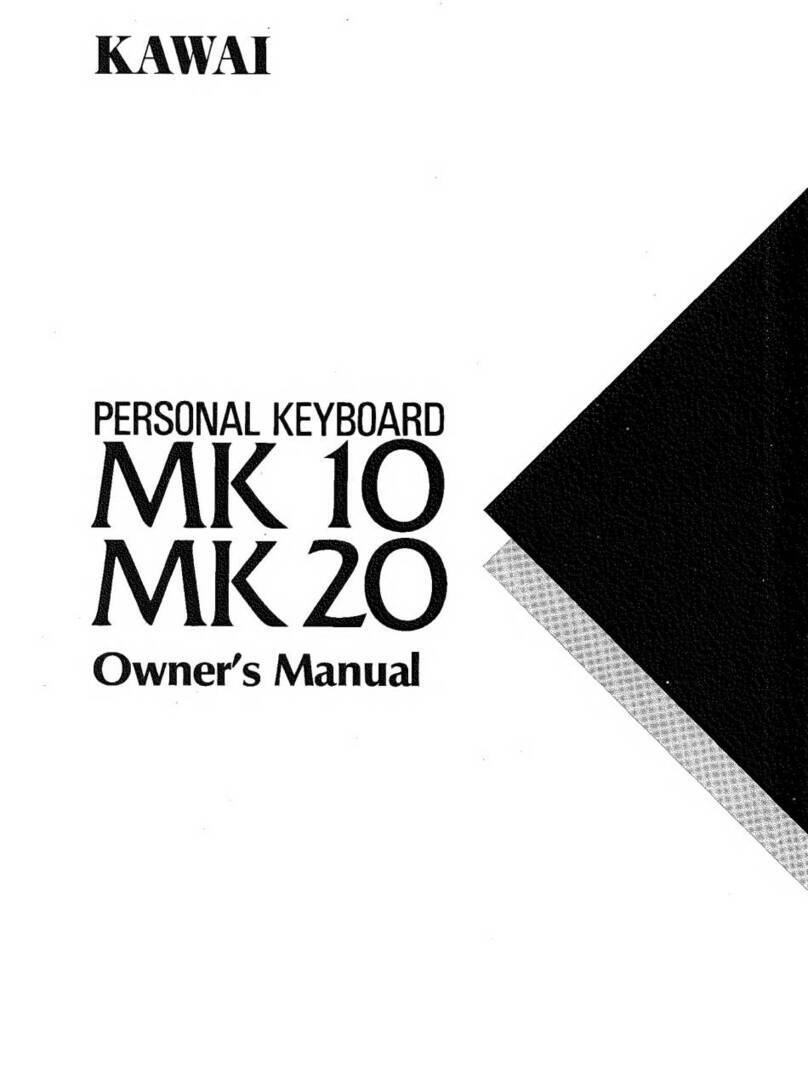
Kawai
Kawai MK 10 User manual
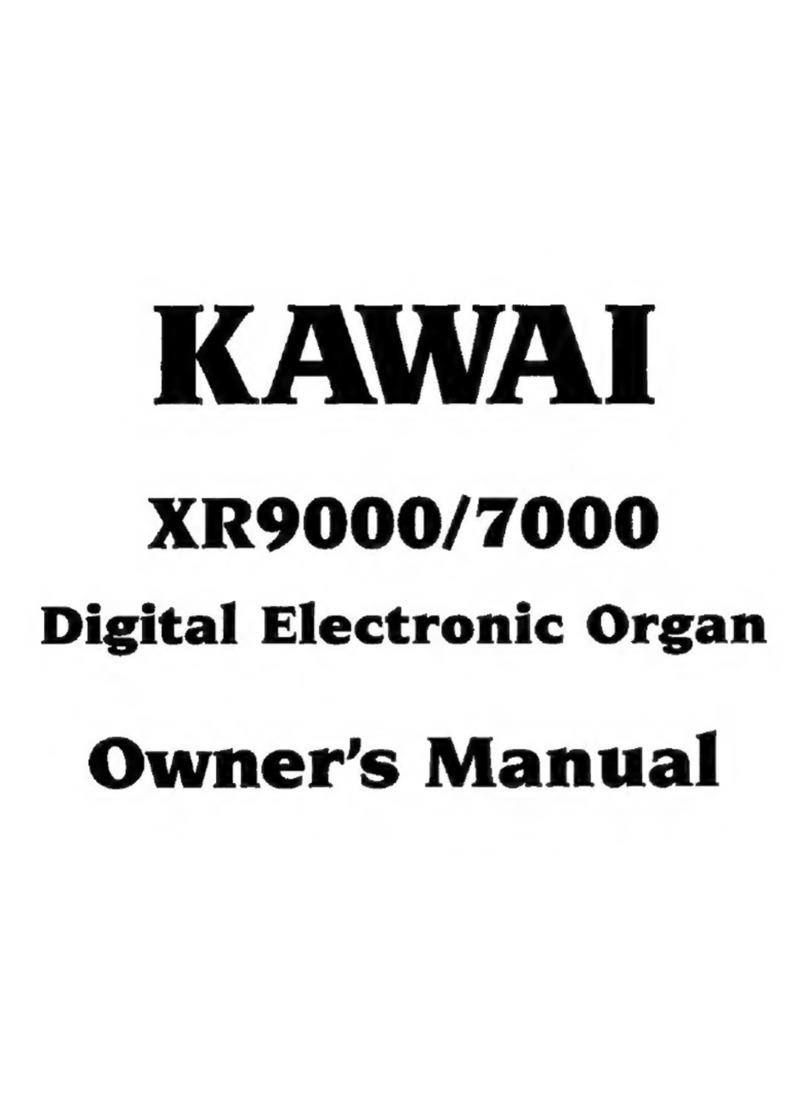
Kawai
Kawai XR9000 User manual
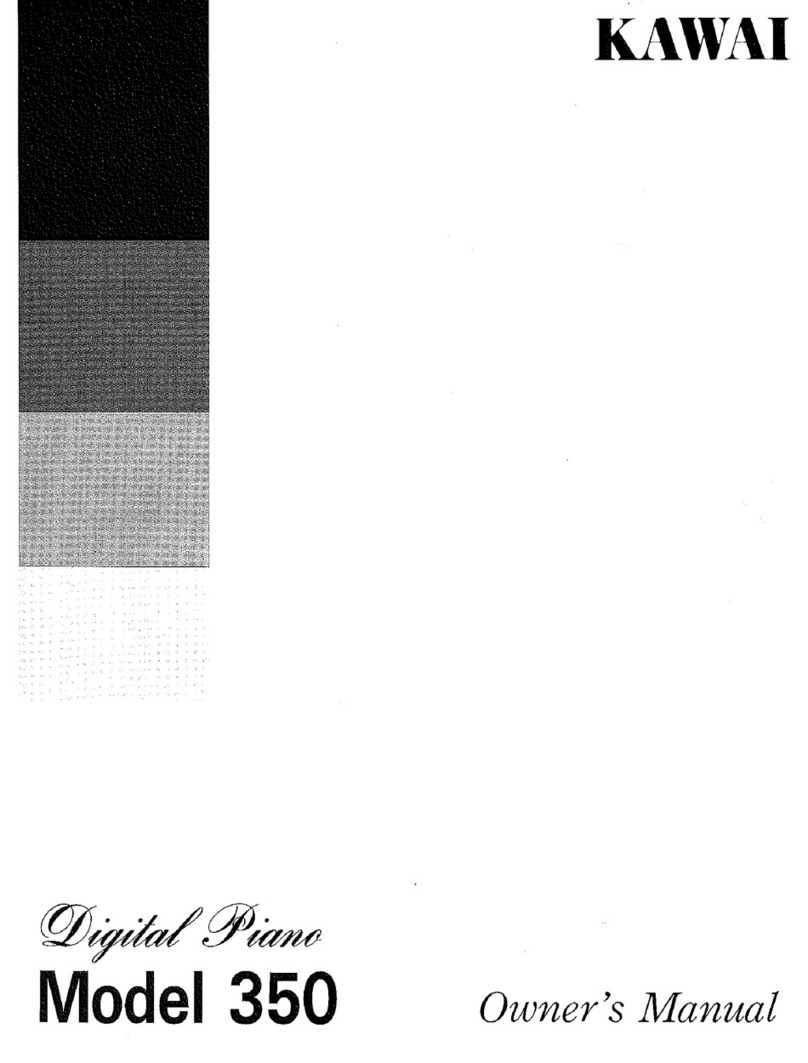
Kawai
Kawai 350 User manual

Kawai
Kawai CN24 User manual

Kawai
Kawai Concert Performer CP139 User manual
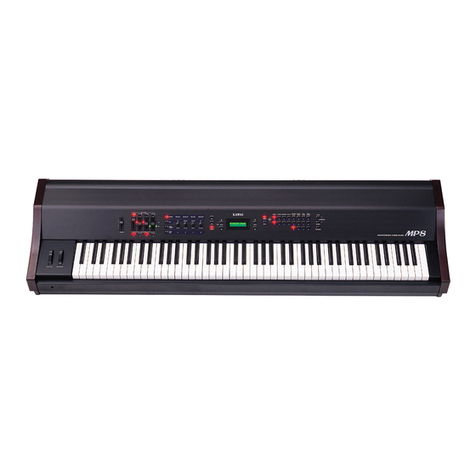
Kawai
Kawai Stage Piano MP8 User manual
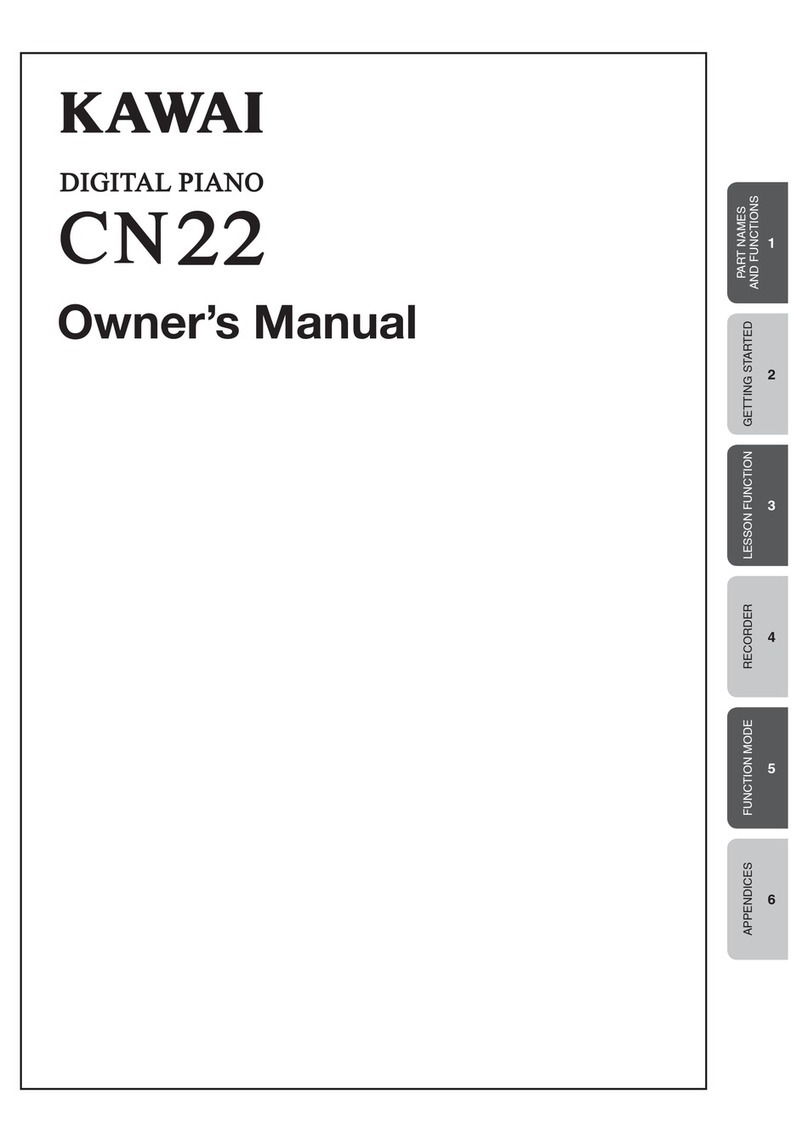
Kawai
Kawai CN22 User manual

Kawai
Kawai ES100 User manual
